Applications are now being taken from borrowers (except for independent contractors and self-employed individuals, who must wait until April 10) looking to secure loans through the new Small Business Administration (SBA) Paycheck Protection Program (PPP) authorized under the Coronavirus Aid, Relief, and Economic Security (CARES) Act. For many small businesses, the process thus far has been both frustrating—as banks and other lending institutions iron out some early kinks—and confusing. Particular questions remain as to whether PPP loan proceeds can be used for the payment of insurance premiums, and still qualify under the program’s loan forgiveness rules.
Here, Michelman & Robinson provides some clarity, but first, a recap of some PPP basics.
Q: Where can the details of the PPP be found in the CARES Act?
A: The PPP is found in Section 1102 et seq. of the CARES Act, which serves to amend Section 7(a) of the Small Business Act (15 U.S.C. § 636(a)).
Q: Who qualifies for a PPP loan?
A: For an in-depth review of the PPP and eligibility requirements for loans under the program, you can view our comprehensive alert, here.
Q: What can PPP loan proceeds be used for?
A: As set forth in our previous alert, borrowers may use PPP loan proceeds for salaries, wages, and commissions; group health-care benefits and insurance premiums; mortgage interest payments (though prepayment fees or payment of principal is not allowed); rent; utilities; and certain interest on other debt obligations.
Q: Are there any specific requirements that borrowers must abide by under the PPP?
A: Yes, eligible recipients applying for a loan under the PPP must make a good faith certification:
• that the uncertainty of current economic conditions make necessary the loan request to support ongoing operations
• that funds will be used to retain workers and maintain payroll or make mortgage, lease, and utility payments
• that the eligible recipient does not have an application pending for another SBA loan for the same purpose, or that duplicative amounts have already been applied for or received
• that during the period beginning February 15 and ending December 31, 2020, the eligible recipient has not received SBA loan proceeds for the same purpose, or that duplicative of amounts have not already been applied for or received
Q. The certification requirement makes no mention of insurance; does that mean any portion of my PPP loan cannot be used to pay for my premiums?
A. No, the CARES Act specifically includes, among the allowable uses of PPP loans, “costs related to the continuation of group health care benefits during periods of paid sick, medical, or family leave, and insurance premiums . . .” As such, though the certification required of borrowers fails to mention insurance costs, payment of premiums does seem to be part and parcel of the PPP.
That being said, it would be helpful if the SBA or U.S. Treasury Department issued some guidance or regulations to that effect. Toward that end, a request for such clarification has been made to the SBA, and we will continue to monitor developments.
Q: What are the loan forgiveness requirements under the PPP?
A: A borrower is eligible for forgiveness of its PPP loan when proceeds are used to pay the following costs during the eight-week period beginning on the loan origination date:
• payroll costs
• any payment of interest on any covered mortgage obligation (except for prepayment of or payment of principal)
• rent
• utilities
Again, the foregoing, which is taken from the applicable statutory language, does not make reference to insurance costs, which begs another question: will a borrower meet the PPP’s loan forgiveness standards if it uses loan proceeds to pay for premiums?
As stated, we believe that the intent of the Act is to allow loan proceeds under the PPP to be used to pay insurance premiums, and that such payments would be included within the program’s loan forgiveness standards. Hopefully, official clarification will be forthcoming.
Q: What are the basics of the loan forgiveness standards under the CARES Act?
A: Of course, the amount of loan forgiveness cannot be more than the principal amount of the PPP loan. What is lesser known is that the amount of loan forgiveness will be reduced based on any reduction by the borrower of employee headcount or wages paid to employees earning less than $100,000 annually.
To have a PPP loan forgiven, a borrower must submit an application to its lender that includes:
• documentation verifying the number of full-time employees on payroll and their pay rates for certain prescribed periods (e.g., payroll tax filings reported to the IRS, as well as state income, payroll, and unemployment insurance filings)
• documentation verifying mortgage, lease, and utility payments (e.g., cancelled checks, payment receipts, etc.)
• a certification that (1) the documentation presented is true and correct, and (2) the amount for which forgiveness is requested was used to retain employees, and make mortgage, rent, and utility payments
• any other documentation the SBA determines to be necessary
Borrowers should be aware that loans will not be forgiven without this documentation. Also, as the certification requirement (again, culled directly from the statute) does not include reference to insurance costs, we await further guidance or, better yet, confirmation that PPP loan proceeds can be used for—and subsequent loan forgiveness will apply to—payment of premiums.
This blog post is not offered, and should not be relied on, as legal advice. You should consult an attorney for advice in specific situations.

